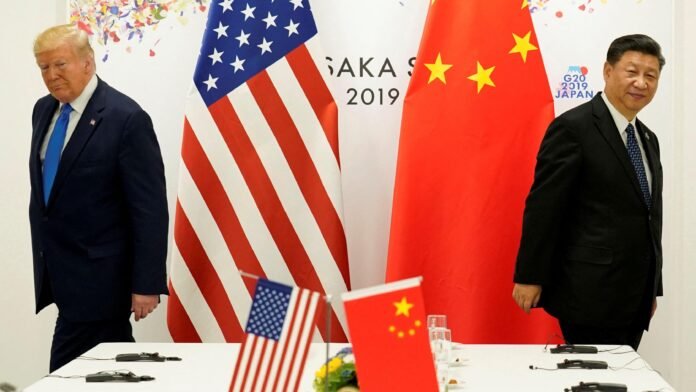The U.S. has imposed heavy tariffs on Chinese goods, leading to significant economic strain on both countries. The move is part of President Trump’s ongoing trade war with China, aimed at addressing long-standing trade imbalances.
Recently, the U.S. President announced “reciprocal” tariffs against China. The tariffs now stand at 104%, up from the previous 20% and 34%. This steep increase is a direct response to China’s refusal to meet President Trump’s demands.
In retaliation, China has vowed to stand firm, rejecting what it calls “blackmail” from the U.S. The Chinese government is determined to protect its interests, signaling it will not back down. The U.S. tariffs have already begun to impact China’s economy, with the yuan facing downward pressure.
To combat this, China’s central bank, the People’s Bank of China (PBOC), has issued new instructions to state-owned banks. These instructions aim to prevent further declines in the yuan’s value. The PBOC has asked these banks to scale back their purchases of U.S. dollars and to be more cautious in their foreign exchange operations. By doing so, China hopes to stabilize the yuan and avoid further economic damage.
Despite these measures, the U.S. and China remain locked in a tense economic struggle. The U.S. President continues to push for more aggressive tariffs, while China’s central bank works to protect the value of its currency. The effects of this trade war are likely to ripple through both economies, affecting global trade in the process.
As of now, the U.S. appears determined to continue its pressure on China, while China remains resolute in its refusal to yield. The coming weeks and months will determine how this economic conflict unfolds.
For more business news updates, visit DC Brief.


